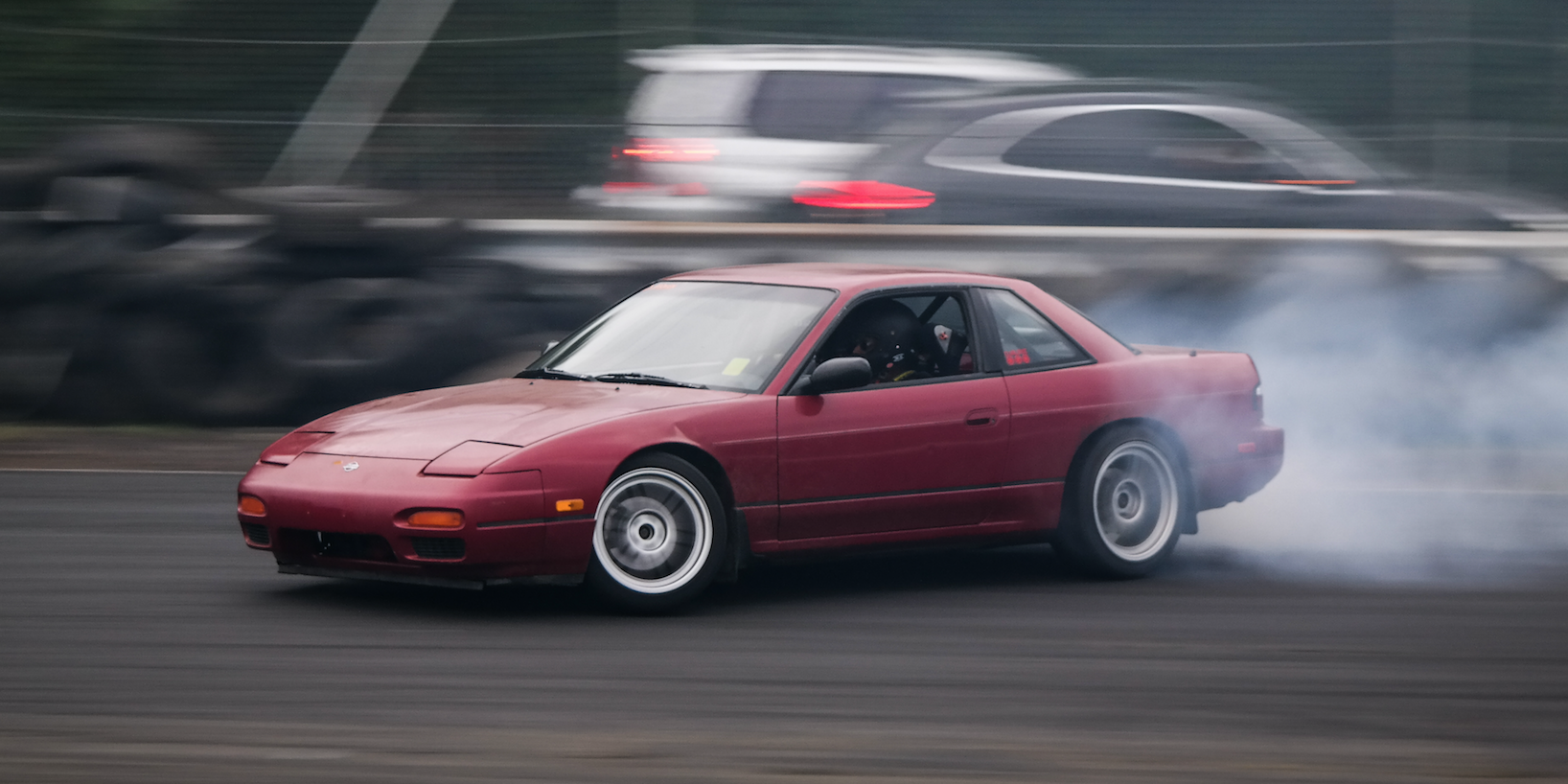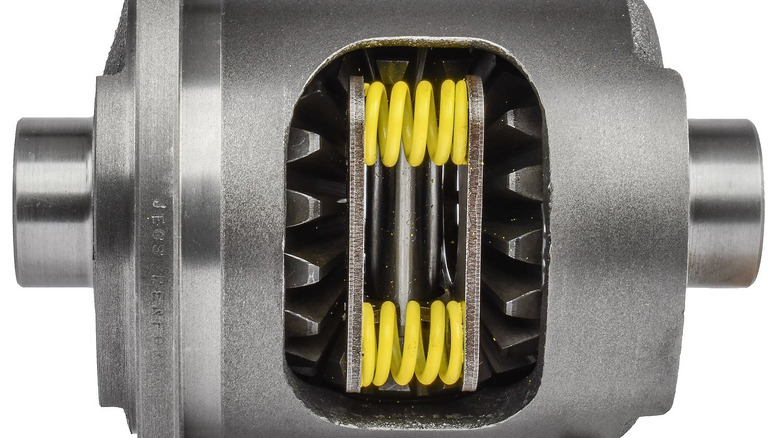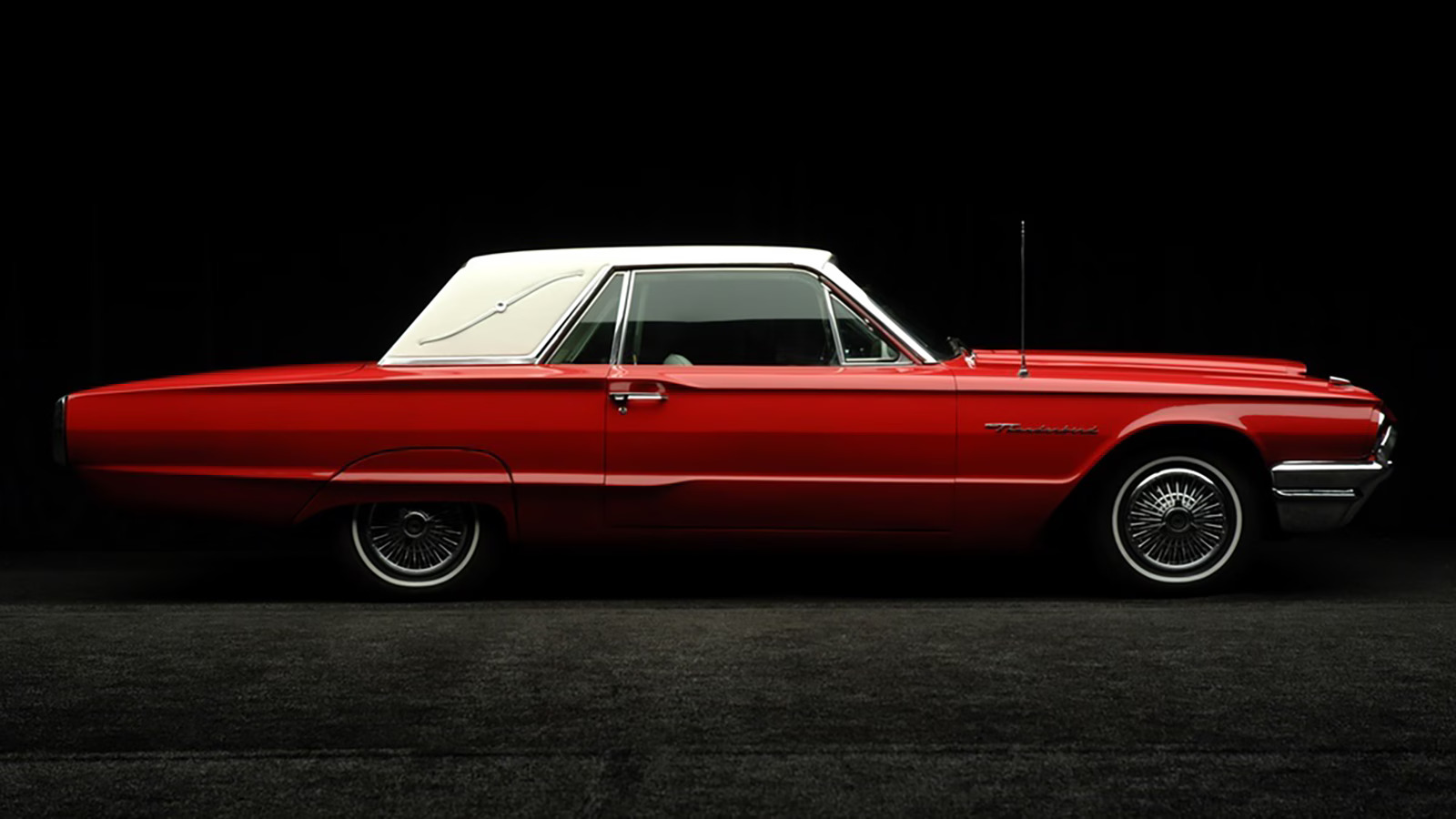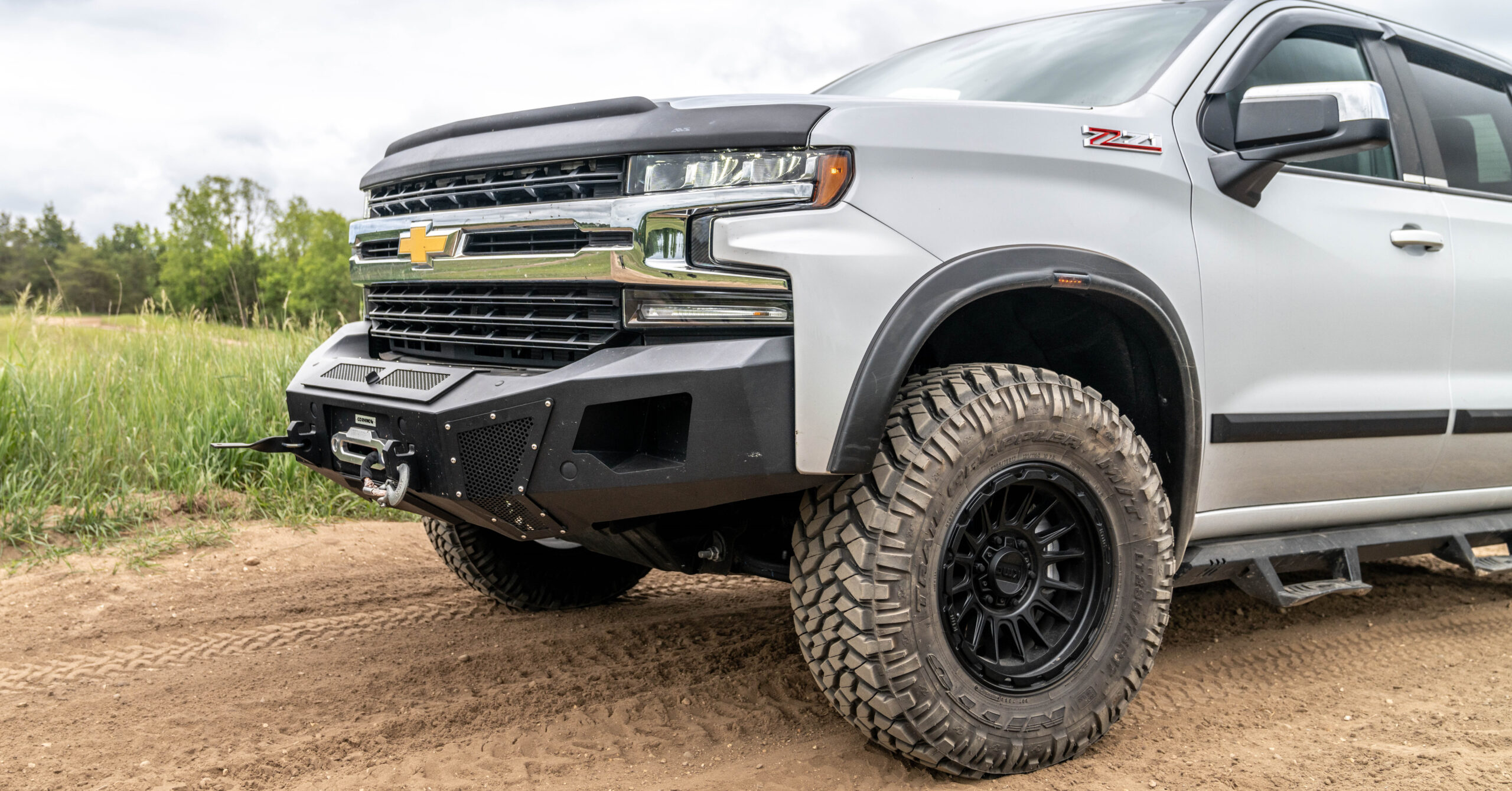Drifting is a driving technique where the driver intentionally oversteers, causing the rear wheels to lose traction while maintaining control of the vehicle through a corner. Originating from the mountainous roads of Japan in the 1970s, drifting was popularized by street racers who discovered the thrill and skill required to slide a car around tight corners. The technique quickly gained international attention, and today, drifting has evolved into a global motorsport with dedicated competitions, such as Formula Drift, and a loyal following among motorsport enthusiasts.
The roots of modern drifting can be traced back to Japan, where legendary driver Kunimitsu Takahashi, a former motorcycle racer, introduced the controlled slide technique to the racing world. Takahashi’s innovative driving style inspired a generation of racers, including Keiichi Tsuchiya, known as the “Drift King,” who showcased drifting on mountain roads and circuits. By the 1990s, drifting had reached international popularity, sparking events in the United States and Europe and evolving from a street culture phenomenon to a professional motorsport discipline.
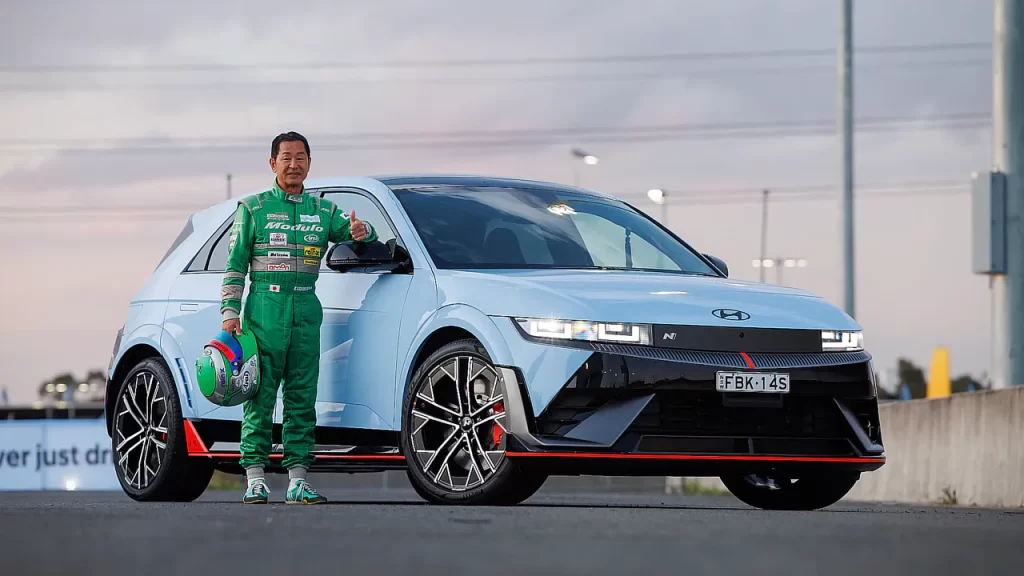
Drifting captivates spectators and drivers alike for its unique blend of skill, style, and physics. Unlike traditional racing, where speed and lap times are paramount, drifting places emphasis on precision, control, and aesthetics. This thrilling balance of finesse and intensity creates a visual spectacle for fans, while offering drivers an adrenaline-pumping experience that demands constant focus, creativity, and technical knowledge.
The Physics of Drifting
Understanding Tire Grip
Tire grip is foundational to the mechanics of drifting. Drifting exploits the transition from static friction, where tires grip the road, to kinetic friction, where they slide across the surface. Mastering this delicate balance is essential to initiating and sustaining a drift.
- Static Friction vs. Kinetic Friction: When tires are in static contact with the road, they have maximum grip. Once the driver initiates a drift, the tires transition into kinetic friction, which provides less grip, enabling the car to slide while maintaining forward momentum. Effective drifting requires the driver to carefully manage the shift between these friction states.
- Tire Compounds and Their Impact on Grip: Different tire compounds provide varying levels of grip and durability. Soft compounds offer higher grip but wear out quickly, while harder compounds are more durable but may lack the precise handling required for professional drifting.
- Tire Pressures and Their Influence on Grip: Tire pressure influences how much surface area contacts the road. Lower pressures increase contact area and grip, while higher pressures decrease it. Drifters often adjust tire pressures to fine-tune grip levels for various surfaces and conditions.
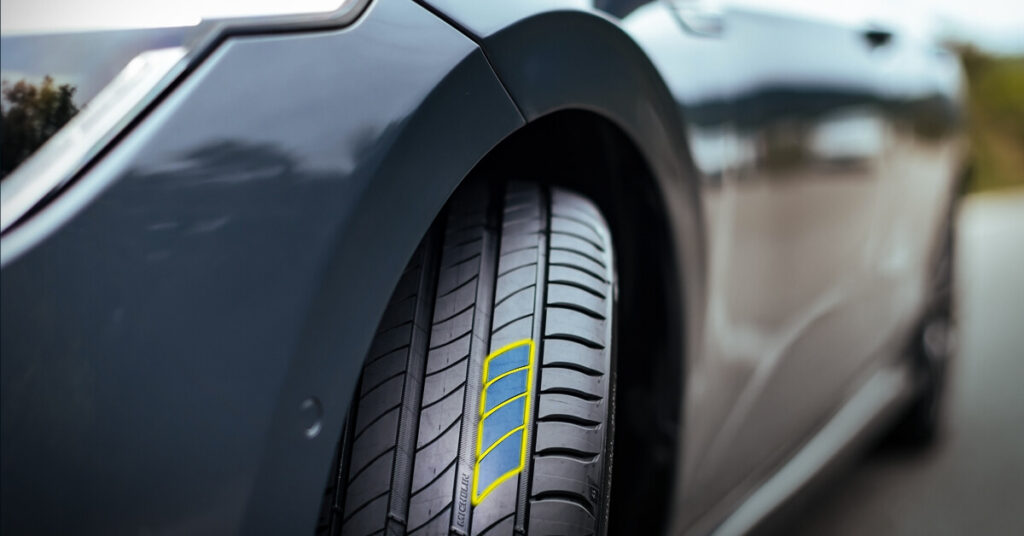
Vehicle Dynamics
Vehicle dynamics govern how the car behaves during a drift, with factors such as weight transfer, suspension geometry, and steering angle playing critical roles. During acceleration, braking, or cornering, weight shifts between the wheels, impacting traction. In drifting, manipulating weight transfer is essential to control the car’s balance, allowing the driver to influence the rear wheels’ grip and initiate the slide.
Suspension geometry, including camber, caster, and toe angles, affects how tires interact with the road. Adjustments to the suspension can improve handling and stability, providing the driver with greater control over the drift. Drifters often use wide-angle steering setups, which allow for a more significant steering angle, helping maintain control during extreme oversteer. This setup enables the driver to “catch” the slide and hold the car in a stable drift.
The Science of the Slide
Initiating and maintaining a drift involves understanding the physics of the slide, which requires precise throttle, braking, and counter-steering inputs.
- The Physics Behind Initiating and Maintaining a Drift: The drift starts when the driver breaks traction on the rear wheels, typically through a clutch kick, handbrake, or power-over technique. Once the car begins to slide, maintaining the drift requires precise control to keep the vehicle in a balanced state between grip and slip.
- The Role of the Throttle in Controlling the Slide: Throttle input affects how much power is sent to the wheels, which influences the level of wheelspin. Controlling wheelspin through throttle modulation allows the driver to adjust the drift angle and speed, maintaining control throughout the slide.
- The Importance of Counter-Steering: Counter-steering is essential to prevent the car from spinning out. By steering opposite to the drift direction, the driver can control the drift angle and keep the car aligned with the intended path.
The Driver’s Role
Driver Skill and Technique
Successful drifting is as much an art as it is a science, demanding high-level driving skill and precise technique.
- The Art of Weight Transfer: Skilled drifters use weight transfer to control grip and balance. By shifting weight to the front or rear of the car, the driver can adjust how much traction each set of tires has, facilitating smoother and more controlled slides.
- The Importance of Precise Steering Inputs: Steering input is critical to maintaining a drift. Even minor adjustments to the steering wheel can alter the car’s trajectory, so skilled drifters must have excellent reflexes and precision to stay in control.
- The Role of Throttle Modulation: Modulating the throttle helps control wheelspin and the car’s drift angle. Skilled drifters learn to feather the throttle to balance between power and traction, enabling them to adjust the slide dynamically.
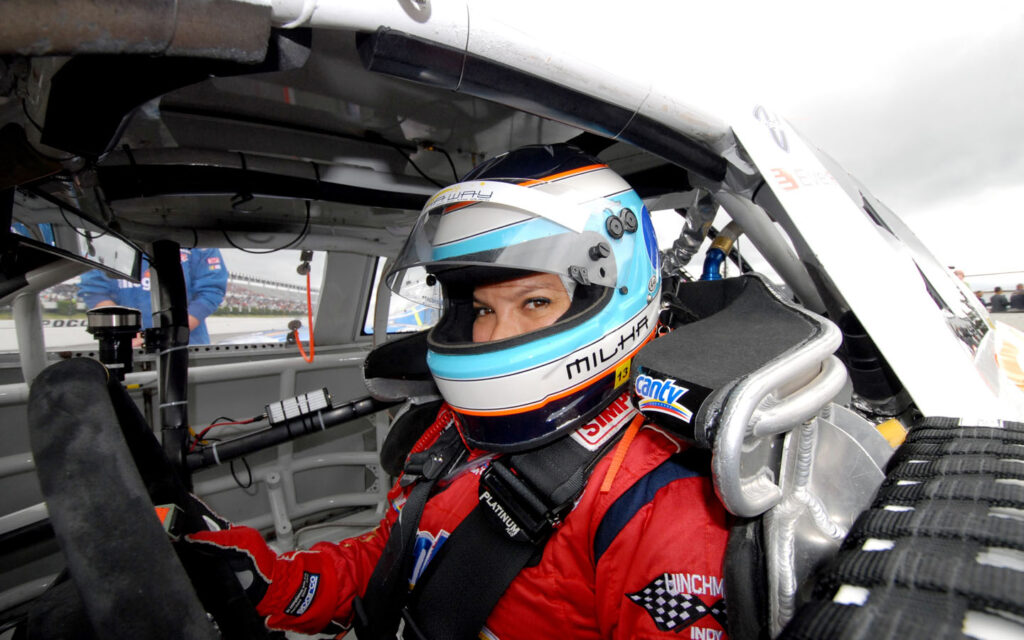
The Mental Game
Drifting is as much a psychological challenge as a technical one, requiring intense focus, quick reflexes, and confidence.
- The Psychological Aspects of Drifting: High speeds and tight turns demand constant concentration. Drivers must remain calm under pressure and anticipate the car’s behavior to stay in control.
- The Importance of Focus and Concentration: With so many variables at play, drifters need acute focus to react instantly to the car’s movements. Mental clarity is crucial for analyzing and adjusting to every slide.
- Overcoming Fear and Building Confidence: Drifting requires drivers to push the limits of control, often operating on the edge of a spinout. Building confidence is essential, as hesitation can disrupt the balance needed to maintain a drift.
The Car’s Role
Modifying a Car for Drifting
Modifying a car for drifting is essential to optimize performance and control. Several aspects of the car can be adjusted to enhance drifting capabilities.
- Engine Modifications for Power and Torque: Drifting demands high torque to break traction and maintain wheelspin. Modifications such as turbocharging, supercharging, or swapping to a high-torque engine help achieve the power levels necessary for competitive drifting.
- Suspension Tuning for Optimal Handling: Suspension tuning enhances handling, allowing the car to respond predictably during a drift. Adjusting coilovers, sway bars, and bushings improves stability, making it easier to control the slide.
- Differential Modifications for Controlled Wheelspin: A limited-slip or welded differential is essential for drifting, ensuring both rear wheels spin together. This setup provides better traction and control, allowing for smoother and more consistent drifts.
The Ideal Drift Car
While any rear-wheel-drive car can theoretically drift, certain models stand out due to their handling characteristics, power-to-weight ratio, and modifiability.
- Key Characteristics of a Good Drift Car: An ideal drift car has a well-balanced chassis, a rear-wheel-drive layout, and ample power to break rear traction easily. Lightweight construction and responsive handling also help improve drift performance.
- Popular Drift Car Platforms: Some of the most popular drift platforms include the Nissan 240SX, Mazda RX-7, Toyota Supra, and Ford Mustang. These cars are widely favored for their tunability, power potential, and reliability, making them excellent choices for both beginner and professional drifters.

Safety Considerations
As exhilarating as drifting is, it’s essential to prioritize safety, given the unique demands of the sport. Drifting challenges drivers to push vehicles to the edge of control, so high-quality safety equipment and carefully prepared track environments are crucial.
Safety Equipment
For those participating in competitive or high-speed drifting, safety equipment is paramount. A roll cage is one of the most critical modifications for any drift car. Designed to protect the driver in case of a rollover, roll cages add structural integrity to the vehicle, significantly enhancing driver safety in high-impact situations. Complementing this, proper seatbelts and harnesses are essential. Traditional seatbelts may not be enough to keep a driver secure during extreme maneuvers, so drift drivers typically use multi-point harnesses that hold them firmly in place, reducing the risk of injury.
Fire suppression systems add another layer of protection. Drift cars are pushed to their limits, which can sometimes result in engine fires or other heat-related issues. An onboard fire suppression system can quickly extinguish small fires before they become severe, potentially saving the driver’s life and preserving the car.
Track Preparation
The track itself plays an equally important role in ensuring safety. Ideally, drifting occurs on a track with a smooth surface, as uneven or rough surfaces can increase the risk of loss of control. Tracks specifically designed for drifting often incorporate wide, open areas with ample space for cars to maneuver and recover from slides. Safety barriers and runoff areas are strategically placed to protect drivers in case they lose control. Soft barriers, such as tire walls, are commonly used to absorb impact, reducing the likelihood of severe damage to the vehicle and protecting the driver from injury.
Driver Safety
On the track, drivers must be acutely aware of their surroundings and respect other drivers. Drifting in close proximity to other cars adds to the thrill but also increases the risk of collision. Drivers must possess excellent spatial awareness and anticipate the movements of other vehicles, reacting quickly to avoid accidents. While part of drifting’s allure is its element of risk, skilled drivers know how to minimize dangers through precision, focus, and strict adherence to safety protocols.
The Future of Drifting
Drifting has evolved rapidly in the past few decades, and the future promises even more exciting advancements, with electric drift cars and autonomous drifting technologies at the forefront of this shift.
Electric Drift Cars
The shift toward electric vehicles is beginning to influence drifting, bringing both challenges and new possibilities. Electric motors provide instantaneous torque, allowing drivers to modulate power delivery precisely and rapidly. This characteristic makes electric drift cars highly responsive and powerful, enabling them to achieve impressive slides. However, the lack of traditional engine sounds and vibrations may take some getting used to, as these sensory cues have traditionally helped drivers gauge the vehicle’s behavior during a drift.
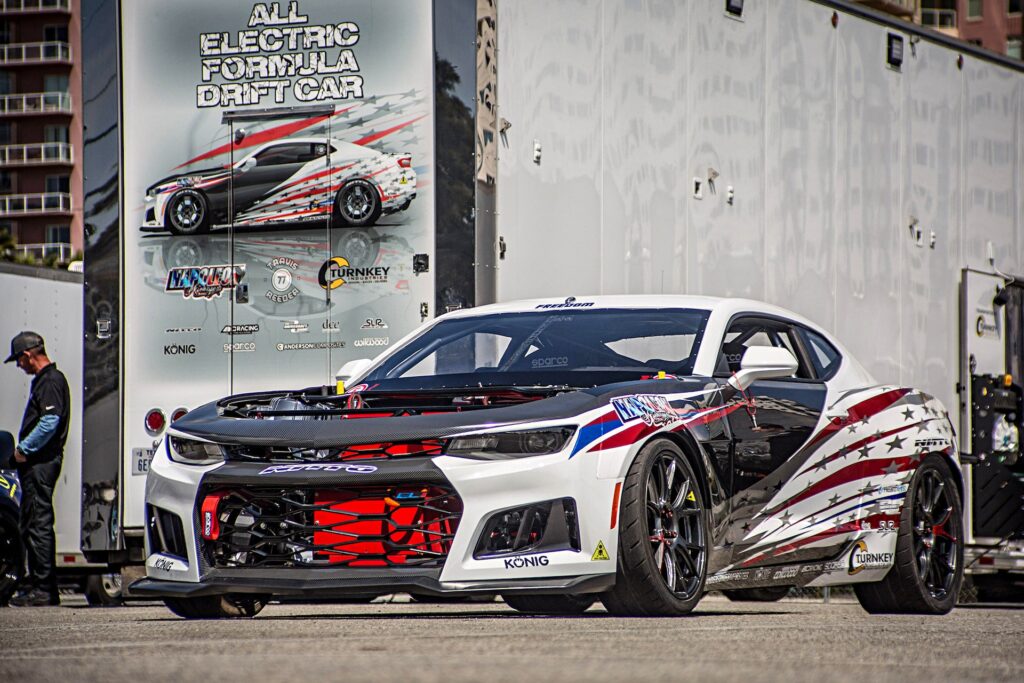
Autonomous Drifting
With artificial intelligence and machine learning advancing at a rapid pace, autonomous drifting is no longer confined to science fiction. Researchers and engineers are exploring ways to teach AI how to control a car through a drift by analyzing driver input, vehicle dynamics, and real-time feedback. Autonomous drifting holds exciting possibilities for testing the limits of vehicle control and safety features, as AI can react with far more speed and precision than human drivers.
However, this innovation also raises questions about the role of human skill in drifting. Many enthusiasts argue that drifting is as much an art as it is a science, relying on intuition, reflexes, and split-second decision-making that cannot be fully replicated by a machine. The future of drifting may involve a unique blend of human and machine collaboration, with AI serving as a co-pilot that assists or enhances the driver’s performance without replacing the human element.
Conclusion
Drifting remains a thrilling, intricate blend of physics, engineering, and human skill. Each aspect—from tire grip to vehicle modifications, driver technique, and safety considerations—plays a crucial role in the art of the slide. As drifting evolves with advancements in electric vehicles and artificial intelligence, its core appeal endures: the pursuit of mastery, control, and the exhilarating freedom that comes with riding on the edge.
